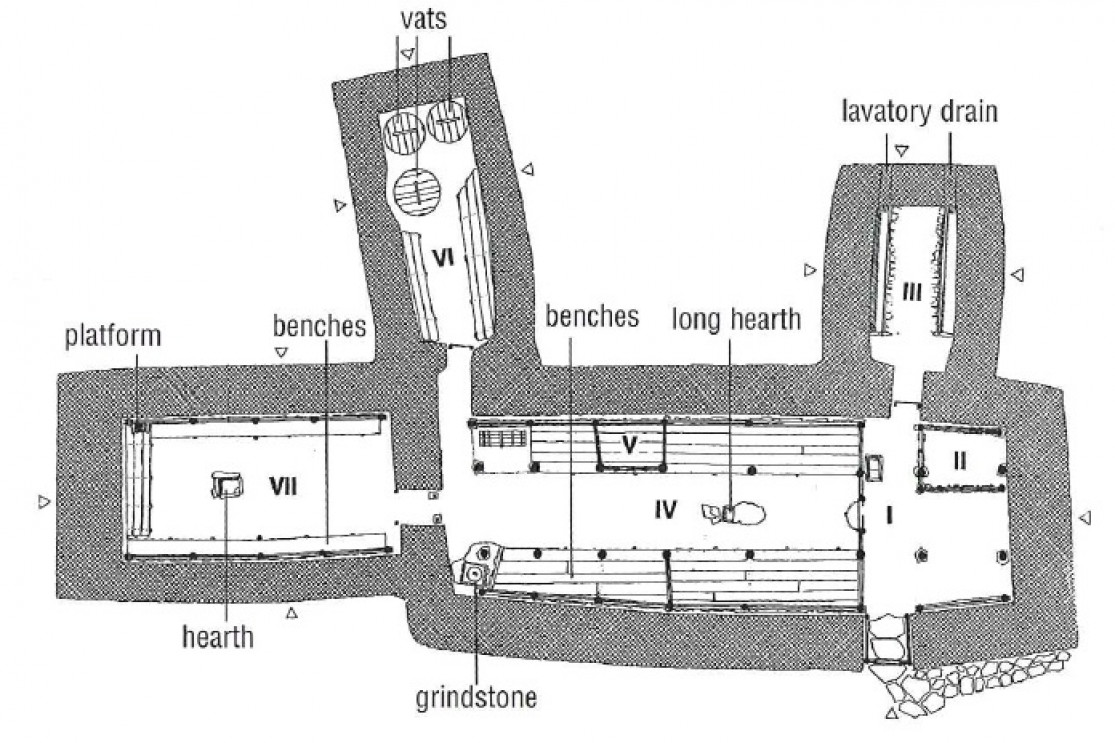Stöng: the Ancient Ruins of Viking Settlement
Located in the Þjórsárdalur (Thjorsá Valley), Stöng is an ancient site of Viking farms dating back to the 10th or 11th century.
The eruption of Hekla in 1104 most likely was the act of God that destroyed this typical Icelandic farm. Found within these ruins, the remains of the excavations are on display in the Þjóðveldisbærinn Museum.
This farm was discovered in 1939 and a replica of the constructions, Thjodveldisbaer, was built about 7 kilometres from the site in 1977.
The excavations carried out here led to some very important discoveries, such that today Stöng has become one of the most important archaeological sites in Iceland.
After these findings in 1939, archaeologists began studying the nearby area to eventually find a church and a cemetery dated to that era.
Stong farm

Photo Credit: Imants Ozolins @AdobeStock
Today, you can visit both: the historical ruins are the real deal, but the replica farm is like a portal into the past.
The ruins of the historic Stöng farm
Although remote and far inland, halfway between Selfoss in the south and Geysir in the north, an hour's drive from each, it's easily accessible via Road 32 with no need for a 4x4 vehicle. Generally, tourists visit Stöng as part of a tour of the Golden Circle or Landmannalaugar.
The farm is tucked in the Þjórsá Valley, surrounded by deep gorges, waterfalls, and lush plateaus such as those near Gjain or the beautiful Haifoss waterfall.
These ruins are covered under a constructed roof, so you can take your time even in bad weather, but typically visitors prefer the replica site a few kilometers further south.
Þjóðveldisbærinn: the Commonwealth Farm

The replica farm of the Stöng ruins is particularly interesting and well worth a visit. You'll find it on Road 32 near Hjalparfoss in Þjóðveldisbærinn.
The farm has been rebuilt as faithfully as possible to reality. The interior is designed as any farm would have been in the time of the Sagas, even the tables and chairs, based on the careful work of archaeologists. Numerous period objects, including weapons, are on display.
Very close to the farm is a charming little period church, also with the typical Icelandic peat roof, once again a replica of the chapel destroyed by the volcano.
Rates and opening hours:
- Adult (over 16): 1,000 ISK for admission to the Commonwealth Farm
- Seniors and disabled visitors: 750 ISK
- Children: free
- Hours: June 1 to August 31 from 10AM to 5:00PM.
Official site: http://www.thjodveldisbaer.is